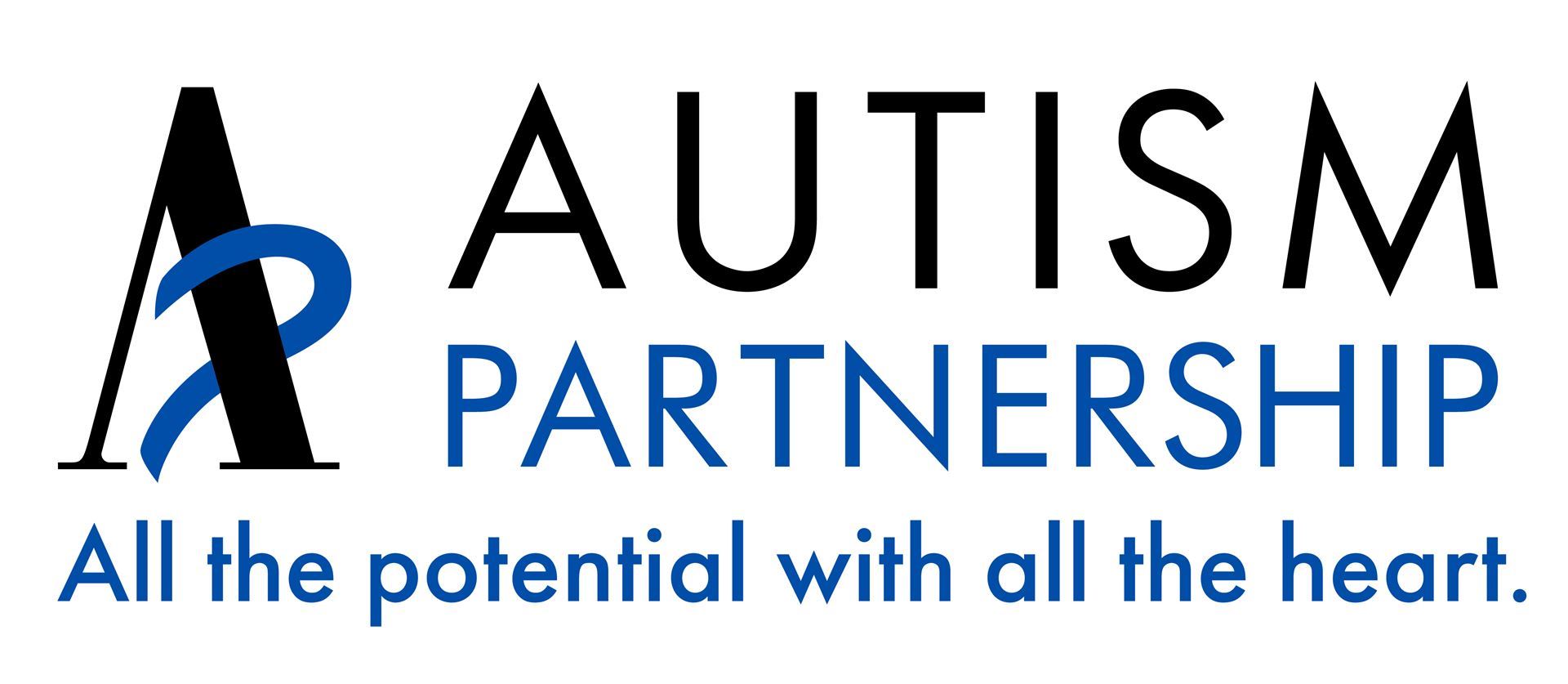.png)
Saturday, 27 July 202410:55 AM - 12:10 PMMeeting PLace 4 |
Shaping animals to save lives: the role of behaviour analytic principles in applied conservation practices |
Jade Fountain
Animal Behaviour Matters
Abstract: Wildlife crime through poaching and trafficking of endangered species and their products is an ever-growing problem, along with increasing numbers of threatened species that need protection. Different factors in wildlife conservation can be targeted to improve welfare and conservation. This talk will explore the successful ways behaviour analytic approaches have been used in conservation-focused settings and demonstrate ways in which training animals can impact the lives of other species for the better. Examples of case studies in wildlife conservation projects will be presented, discussing use of positive reinforcement, shaping, behaviour chains, discrimination and generalisation, with a major focus on training giant African pouched rats to fight wildlife crime.
Target Audience: Animal behaviour practitioners, students, animal care professionals, behaviour analysts with an interest in animal behaviour.
Learning Objective: Participants should gain an understanding of the use of behaviour analytic principles in scent detection training and the considerations and planning for animal care programs to improve behavioural husbandry and welfare.
Bambi's Breakthrough: A Case Study on Unleashing Confidence in Shelter Dogs |
Olivia Buysen The Lost Dogs Home Abstract: As an open intake shelter, The Lost Dogs Home in Victoria accepts both stray and surrendered dogs into care, many of whom have vast behavioural challenges and learning histories. Through the Behaviour Department, trainers will work with Behaviour Veterinarians with dogs suffering from generalised anxiety and separation anxiety disorders, compulsive disorders, fear and frustration-based reactivity, and general confidence building cases. One case study is Bambi, a 2-year-old male Boxer x Staffy. Bambi was diagnosed with generalised anxiety disorder and fear towards unfamiliar people. As Bambi’s primary trainer, I became his primary carer and secure attachment figure while in the shelter to facilitate applied behaviour analysis and behaviour modification in conjunction with a behaviour medication trial. Training techniques including counterconditioning and the Premack principle were used to build confidence with handling and fitting walking equipment, while pattern games and play with conspecifics were used to build predictability and confidence with unfamiliar people. Bambi exhibited improved confidence around unfamiliar people and improved welfare in the general shelter environment, was able to successfully meet an adopter, and has since thrived in his adoptive home where they have continued his training. Target Audience: Other dog trainer professionals and shelter workers Learning Objective: At the conclusion of this presentation, participants will be able to implement training and management strategies to assist in improving welfare and confidence in shelter dogs. |







.png)





